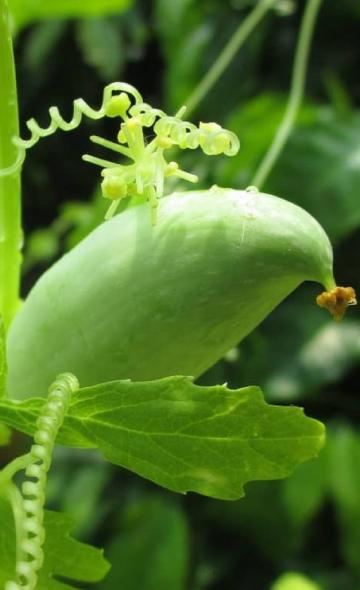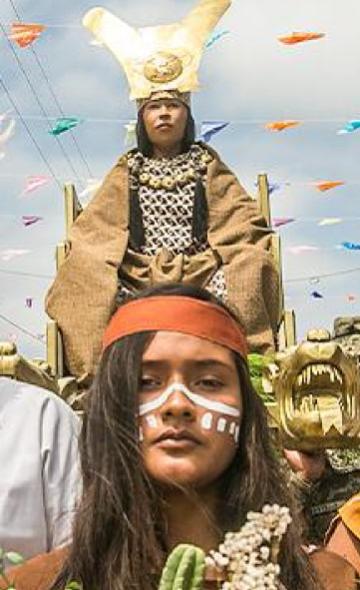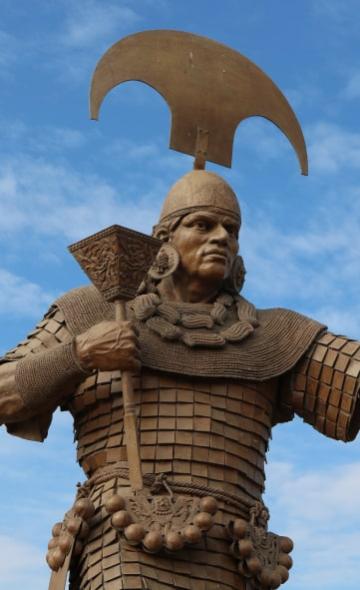- Visitors
- Researchers
- Students
- Community
- Information for the tourist
- Hours and fees
- How to get?
- Activities El Brujo
- Virtual tours
- Classic route
- Mystical route
- Specialized route
- Site museum
- Know the town
- Cultural Spaces
- Cao Museum
- Huaca Cao Viejo
- Huaca Prieta
- Huaca Cortada
- Ceremonial Well
- Walls
- Play at home
- Puzzle
- Trivia
- Memorize
- Crosswords
- Alphabet soup
- Crafts
- Pac-Man Moche
- Workshops and Inventory
- Micro-workshops
- Collections inventory
- News
- Students
- Andean Food Series: Caigua
News
CategoriesSelect the category you want to see:
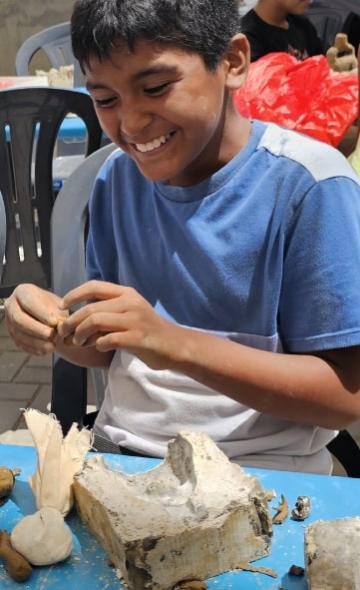
With enthusiasm, we concluded in March the summer workshops held free of charge at the facilities of the El Brujo Archae ...
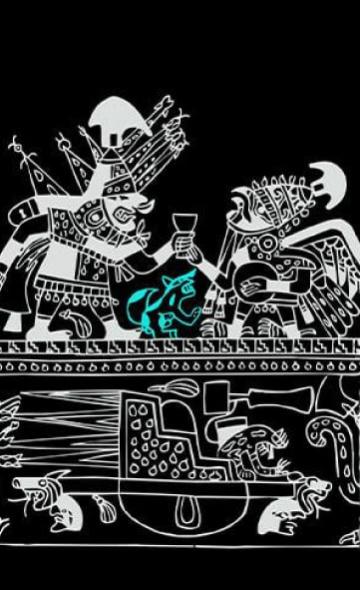
The Mochica society was a cultural group that settled mainly on the northern coast of Peru, in pre-Hispanic times. This ...
To receive new news.
By Augusto Bazán
The caigua, accoh (Cyclanthera pedata) is a climbing herb that produces fruits annually, which measure between 10 and 20 cm in length; native to tropical America (Mostacero et al. 2009: 551, 553). It is a cucurbit that was probably domesticated in pre-Hispanic Peru. Aside from being edible, the caigua has medicinal properties such as reducing negative cholesterol, being diuretic and anti-inflammatory.
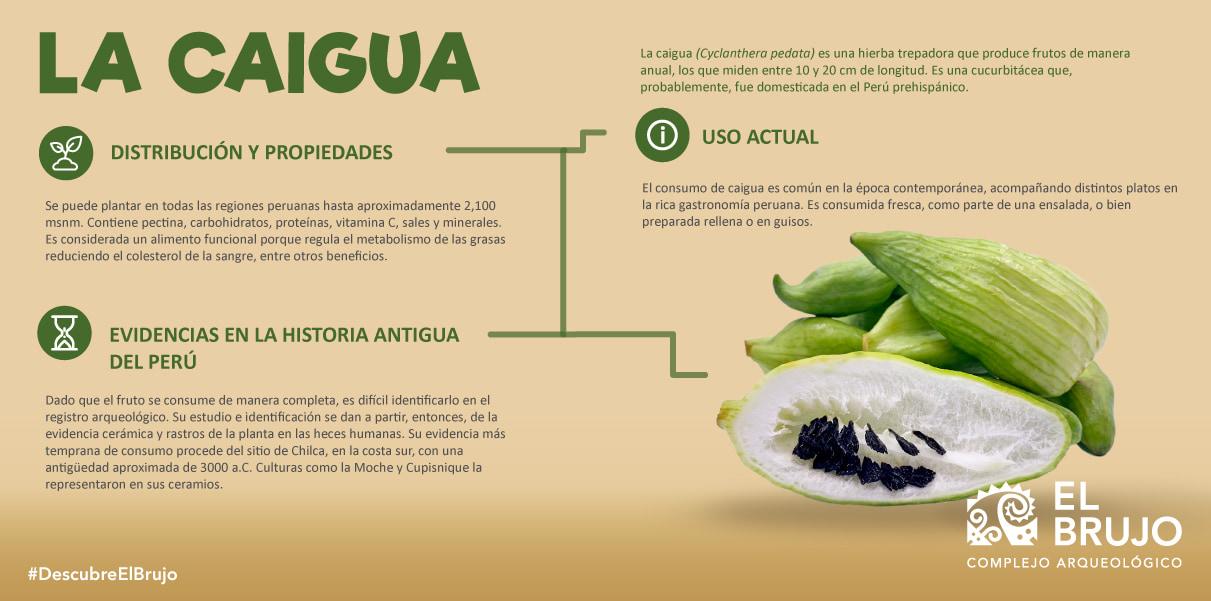
Distribution and properties of the caigua
It can be planted in all Peruvian regions up to approximately 2,100 m.a.s.l. It is an important food for its content of pectin, carbohydrates, proteins, vitamin C, salts and minerals (such as iron, calcium, phosphorus, selenium, magnesium and zinc). It is considered a functional food because it regulates fat metabolism by reducing blood cholesterol, among other benefits. Currently, the caigua is cultivated in various parts of the world. In the American continent, its cultivation is carried out from sea level to 2,880 meters of altitude, covering countries ranging from Guatemala to Argentina.
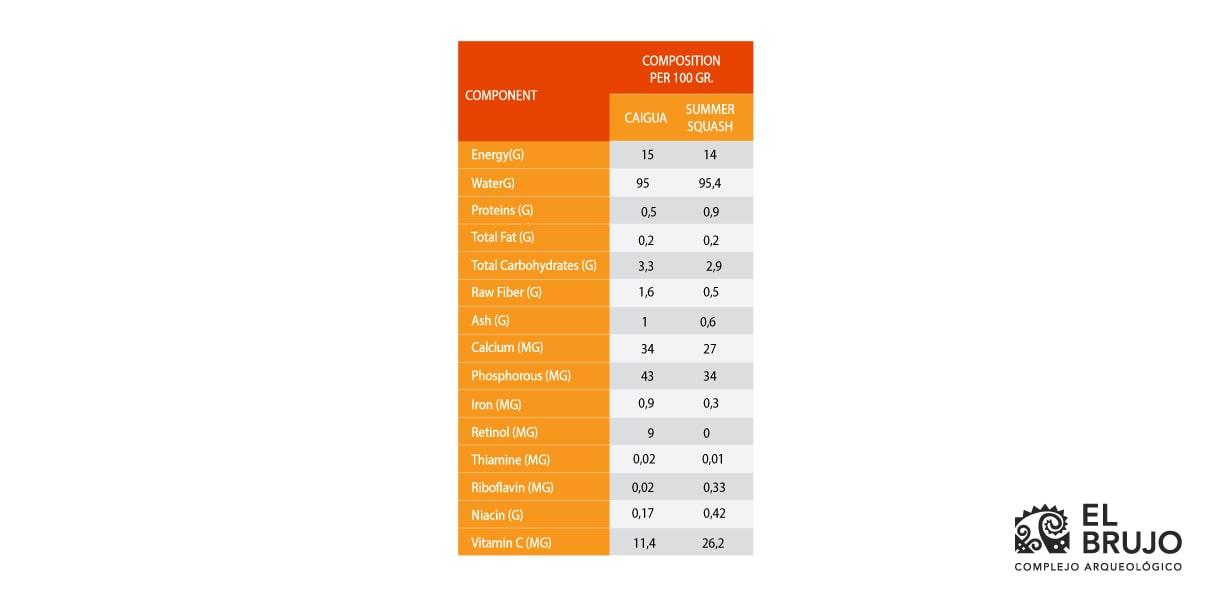
TABLE 1. Nutritional composition of caigua (Cyclanthera pedata). Source: Peruvian tables of food composition, 2009.
The caigua: Evidence in the ancient history of Peru
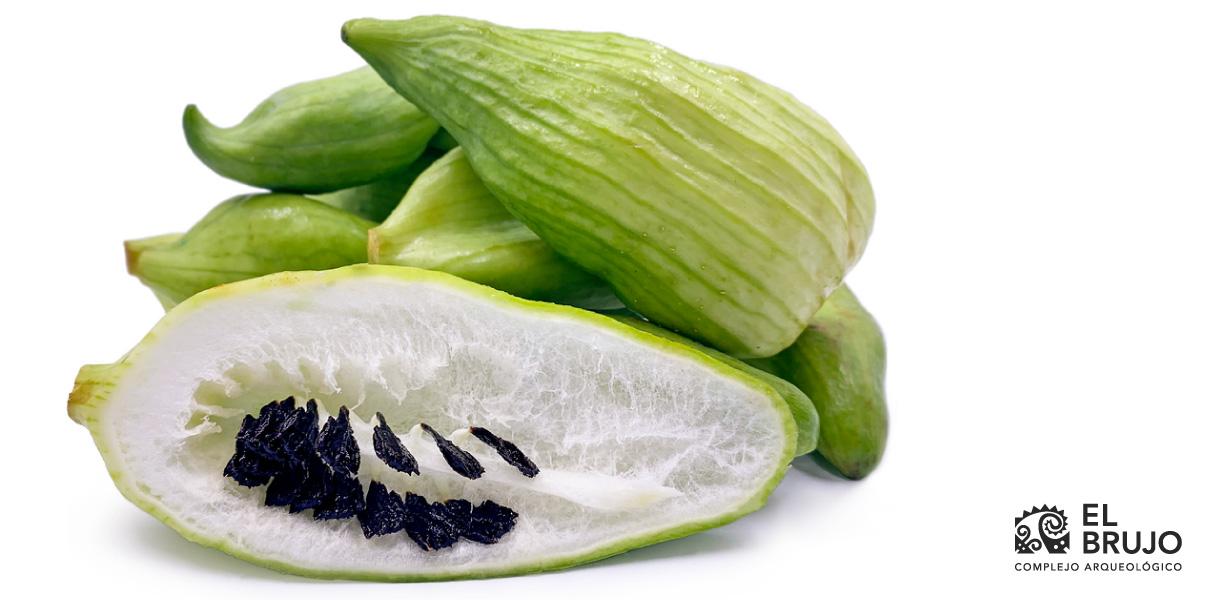
The oldest evidence of caigua consumption comes from the site of Chilca, where it was found in preceramic waste dumps (Capps 1987:48) with an approximate antiquity of 3,794 and 1,530 BC.
Moreover, the caigua is present in ceramic representations, both in the Cupisnique and Mochica periods, which suggests that as early as 1000 BC this species was fully known on the north coast (Towle 1961: 108).
Since the fruit is consumed completely, it is difficult to identify it in the archaeological record. Its study and identification are made possible, then, through ceramic evidence and traces of the plant in human feces.
Current use of the caigua
The consumption of caigua is common in contemporary times, accompanying different dishes in the rich Peruvian cuisine. The fruits of caigua have a taste similar to that of cucumber and pepper, and can be consumed fresh, as part of a salad, or prepared stuffed or in stews. It is well known in the cuisine of countries such as Peru and Ecuador.
BIBLIOGRAPHY
CAPPS, Keith. 1987. The Archaeomalacology of four Middle to Late Preceramic sites on the Central Coast of Peru. Doctoral thesis. Texas A&M University.
LEÓN, Elmo. 2013. 14,000 years of food in Peru. Lima: USMP.
MOSTACERO, José. 2009. Phanerogams of Peru: Taxonomy, Utility and Eco-geography.
SCHWEMBER, Andrés; SEGURA, Paloma; CONTRERAS, Samuel. 2014. Caigua, native cucurbit with horticultural potential. Agronomy and Forestry 50: 13-17.
TOWLE, Margaret. 1961. The Ethnobotany of Pre-Columbian Peru. Chicago: Aldine Publishing Company.
Students , outstanding news


